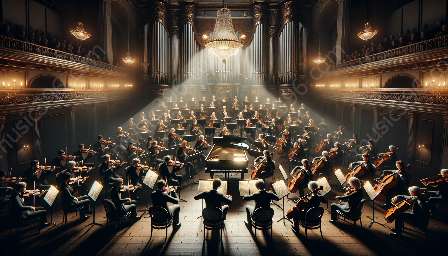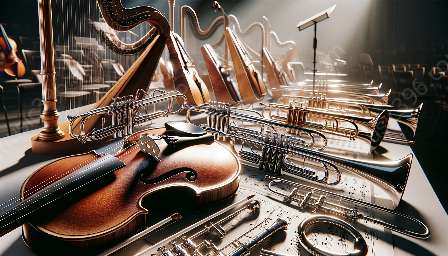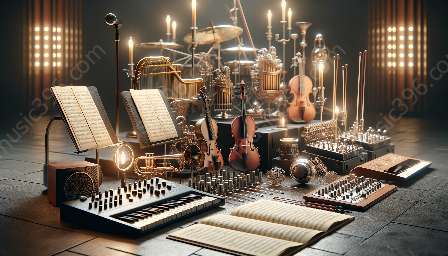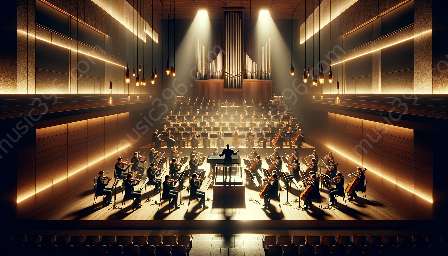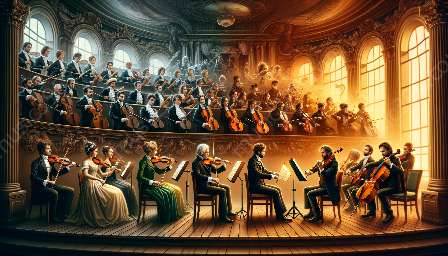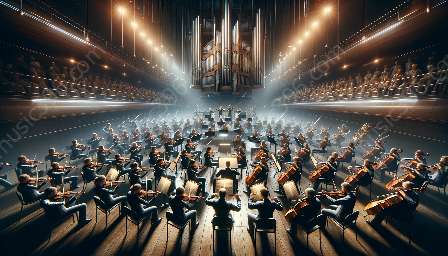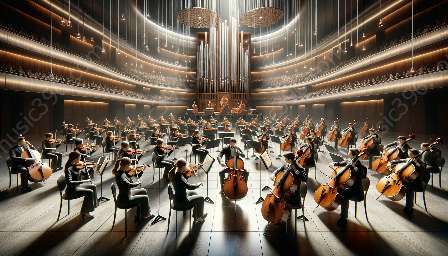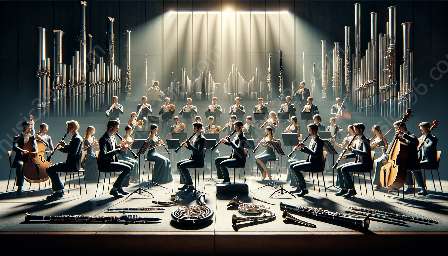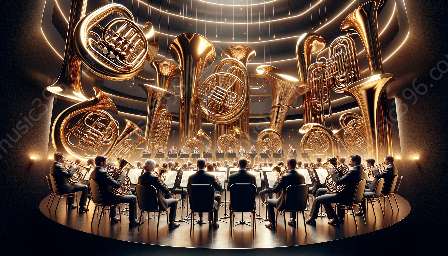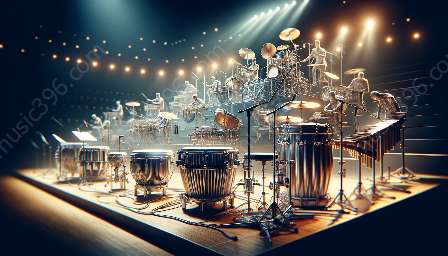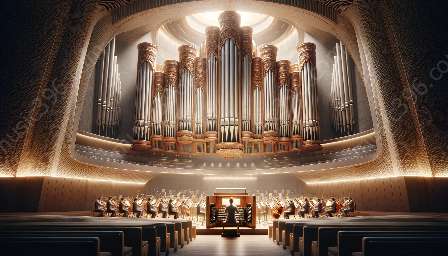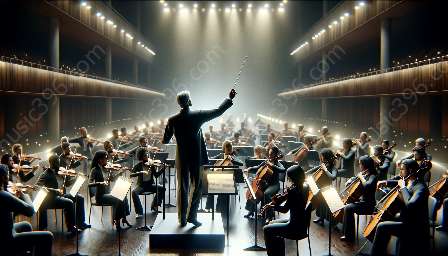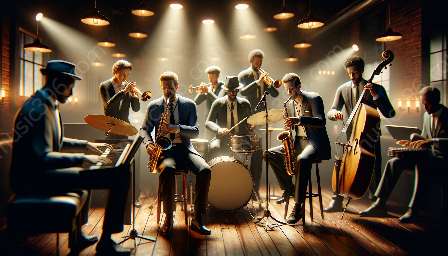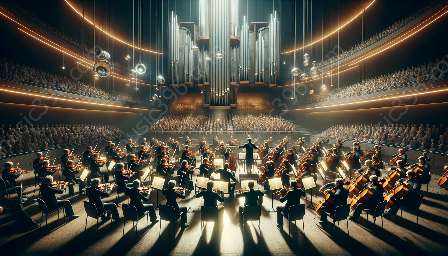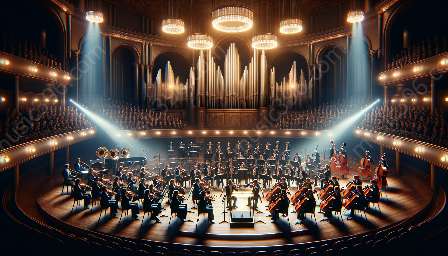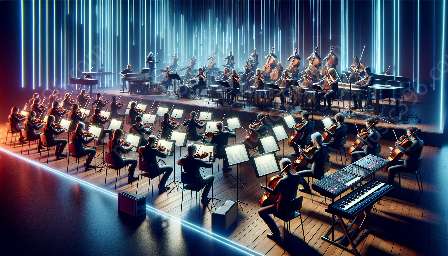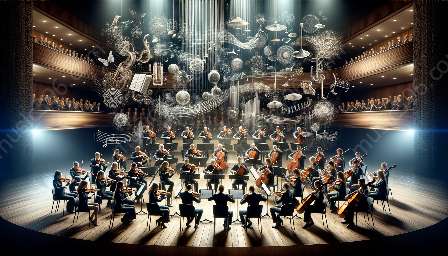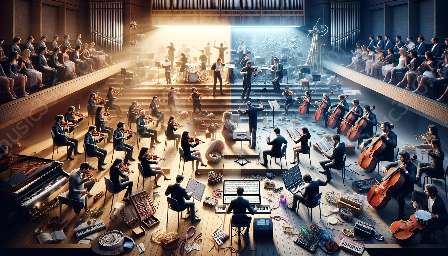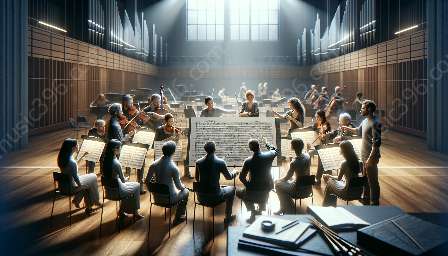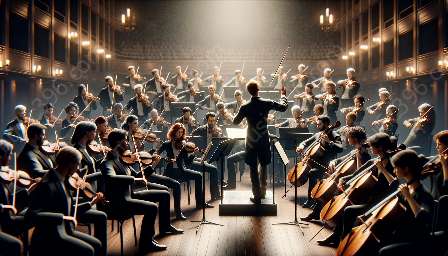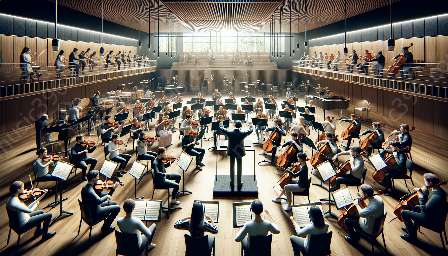Orchestration and its emotional impact have been integral to music composition and performance throughout history. This article delves into the historical significance of orchestration and its ability to evoke emotions in audiences. We will explore how orchestration techniques have evolved over time and continue to affect human emotions.
The History of Orchestration
Orchestration refers to the art of organizing and arranging music for an orchestra or ensemble. Its roots can be traced back to ancient civilizations where music was an essential part of cultural and religious rituals. In early orchestral music, limited instrumentation and resources influenced the orchestration process, often resulting in simpler arrangements.
The orchestration techniques began to evolve during the Baroque and Classical periods, with composers like Johann Sebastian Bach and Wolfgang Amadeus Mozart exploring the possibilities of different instrument combinations and textures. The Romantic era saw an explosion of orchestral colors and timbres, with composers such as Ludwig van Beethoven and Pyotr Ilyich Tchaikovsky pushing the boundaries of orchestration to express intense emotions and dramatic narratives.
20th-century composers, including Claude Debussy, Maurice Ravel, and Igor Stravinsky, further expanded the orchestral palette, experimenting with new sounds and effects. The advent of electronic instruments and recording technology in the 20th century also revolutionized orchestration, offering composers unprecedented control over timbre and sonic textures.
Emotional Impact of Orchestration
Orchestration plays a crucial role in shaping the emotional impact of music. The choice of instruments, their timbre, dynamics, and orchestral textures can evoke a wide range of emotions, from joy and excitement to sadness and melancholy.
For example, the use of brass instruments in a triumphant fanfare can create a sense of grandeur and celebration, while the delicate interplay of string instruments can convey introspection and longing. Orchestration can also intensify the emotional impact of a musical narrative, accentuating climactic moments and enhancing the overall dramatic effect.
Furthermore, the skillful orchestration can enhance the narrative and thematic elements of a composition, amplifying the emotional depth and resonance of the music. Through precise instrumentation and orchestral arrangements, composers can effectively convey a wide range of emotions, transporting audiences to profound and immersive musical experiences.
Evolution of Orchestration
Over the centuries, orchestration techniques have continuously evolved, reflecting changes in musical styles, technological advancements, and cultural influences. Modern composers draw from a vast array of orchestral sounds and techniques, incorporating traditional instruments alongside electronic and experimental elements to create innovative orchestrations that resonate with contemporary audiences.
Contemporary orchestration embraces diversity and experimentation, allowing composers to explore new sonic territories and expand the expressive potential of orchestral music. The integration of electronic instruments and digital sound processing has opened up new avenues for orchestration, enabling composers to construct immersive soundscapes and compositions that push the boundaries of traditional orchestral music.
The history of orchestration is a testament to its enduring significance in shaping the emotional landscape of music. The evolving nature of orchestration continues to captivate and inspire audiences, reaffirming its timeless allure and its profound impact on human emotions.

